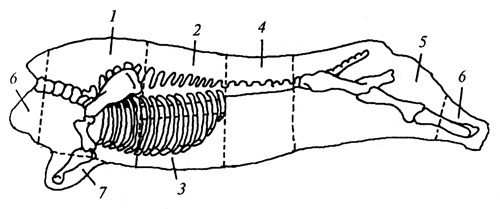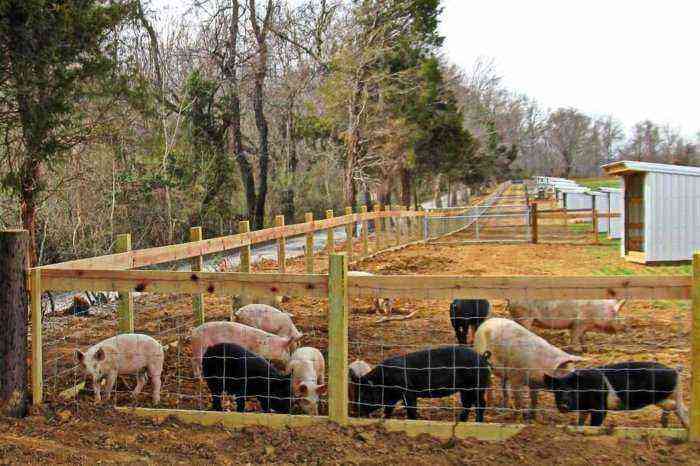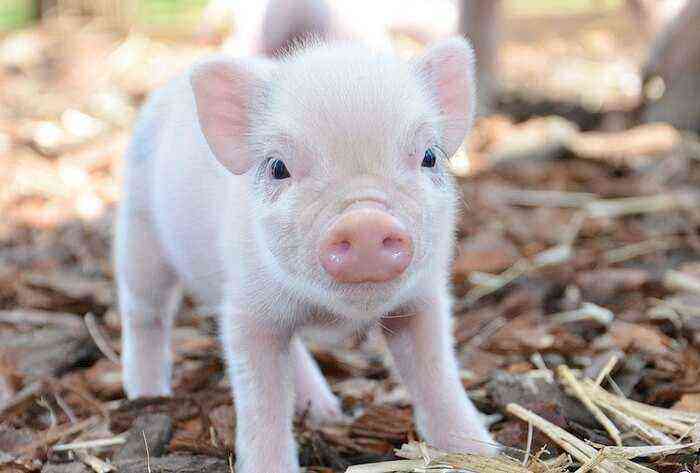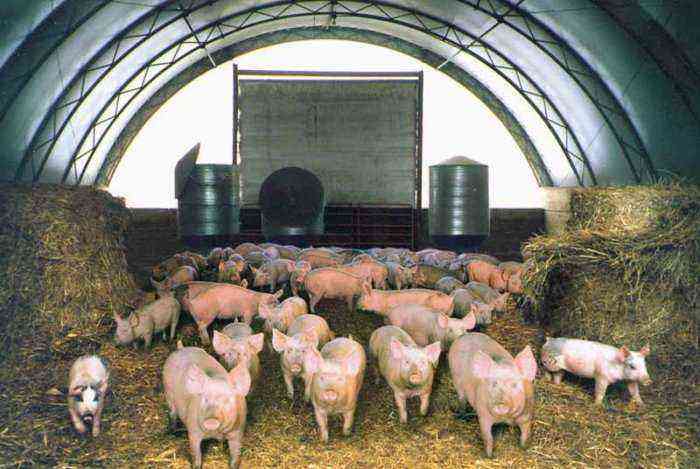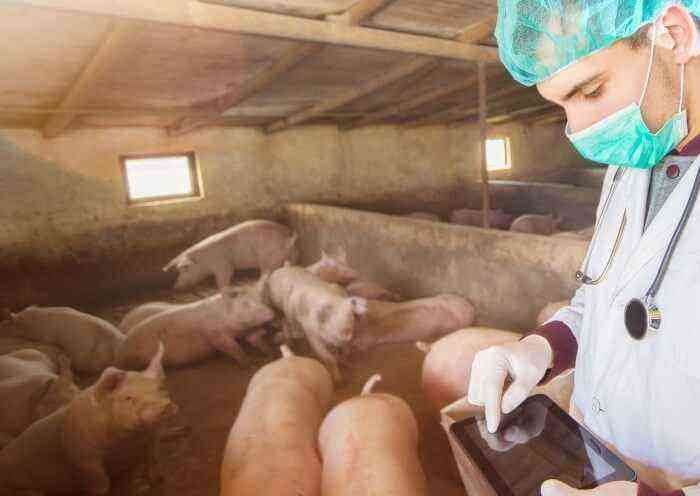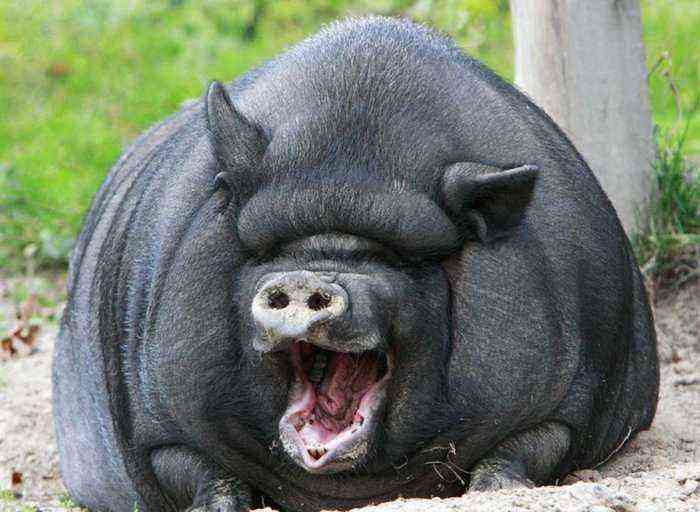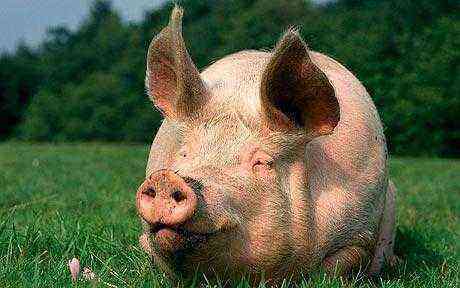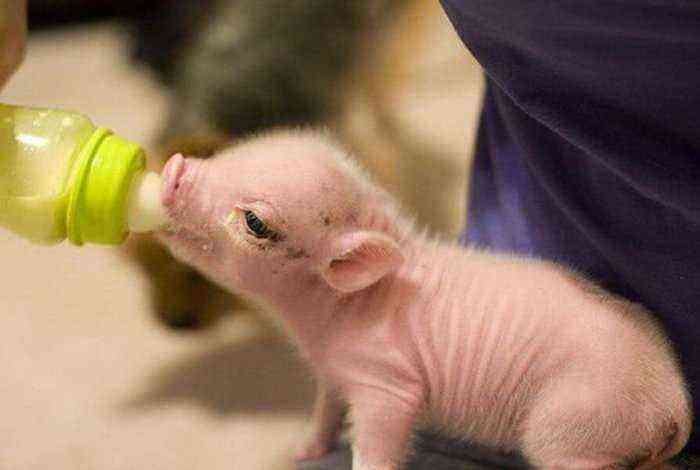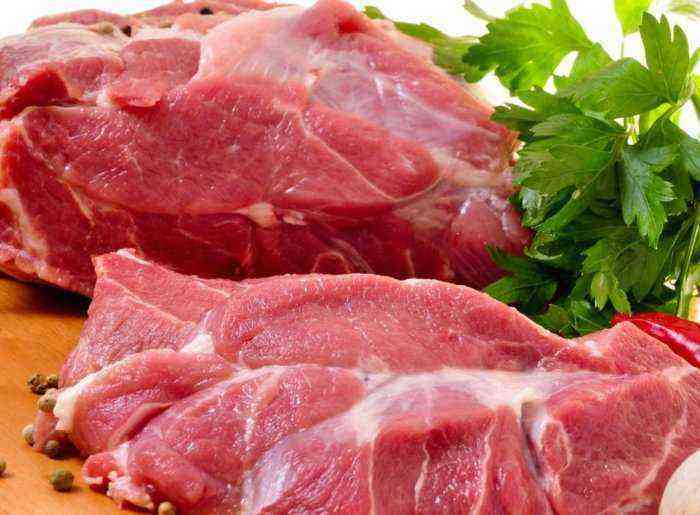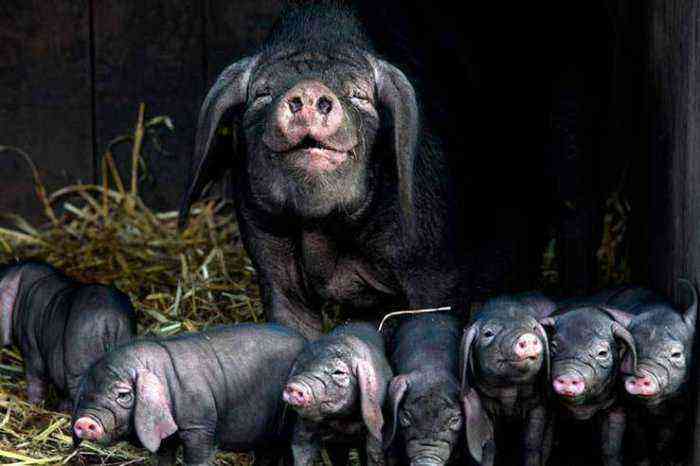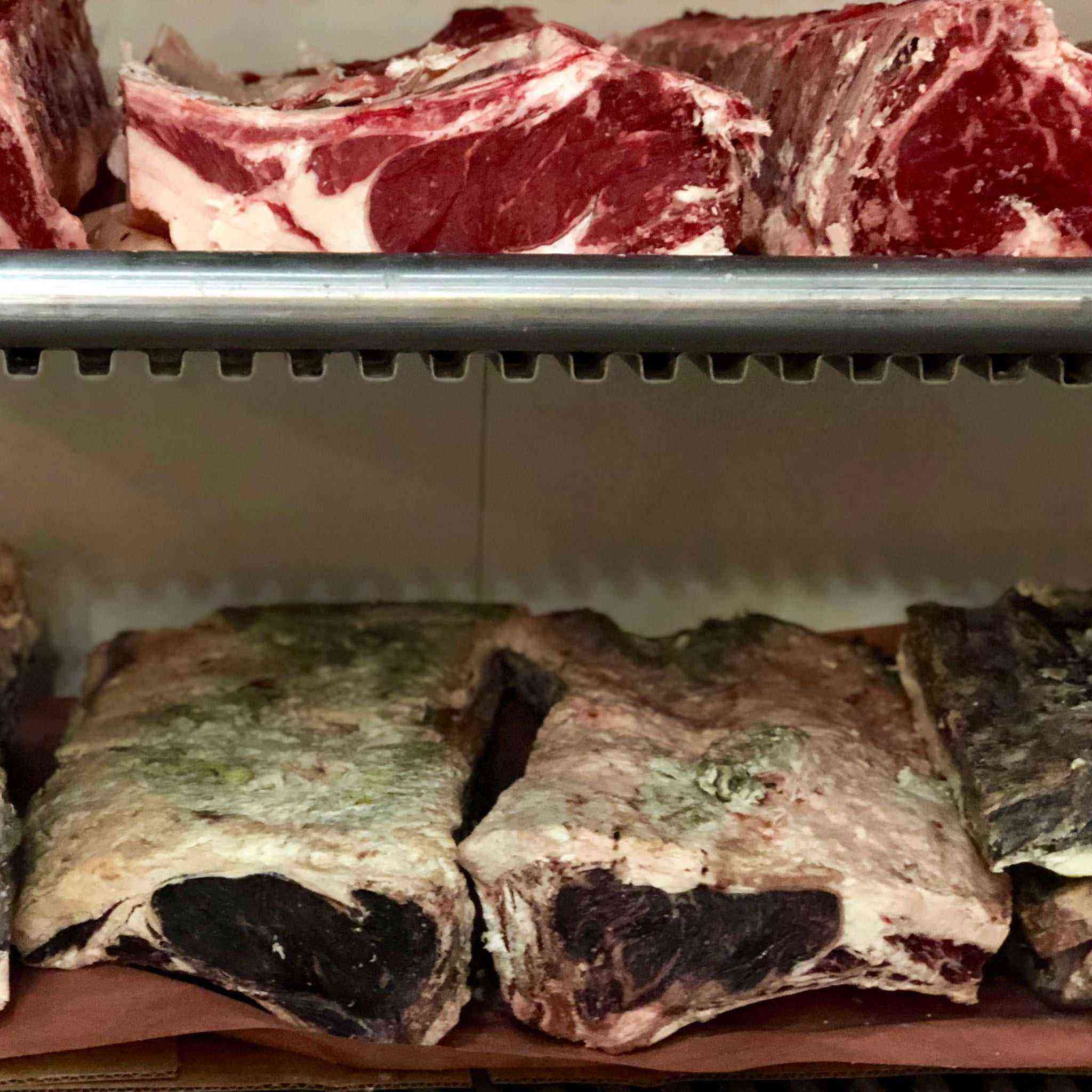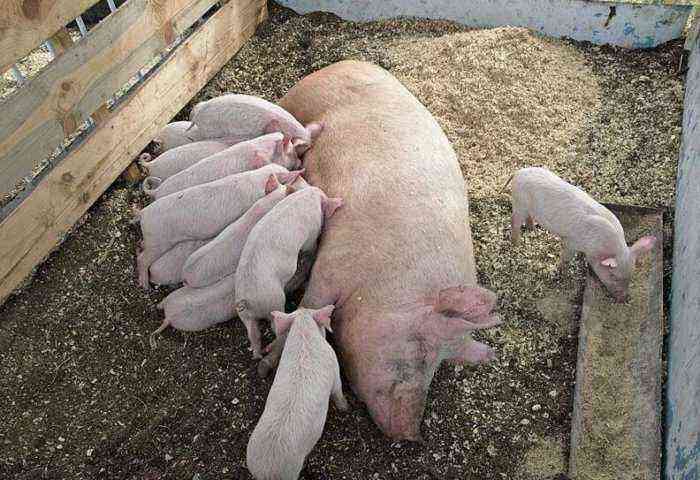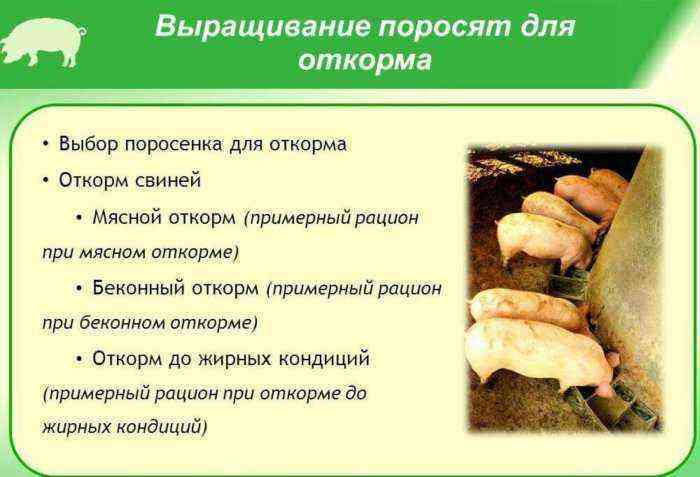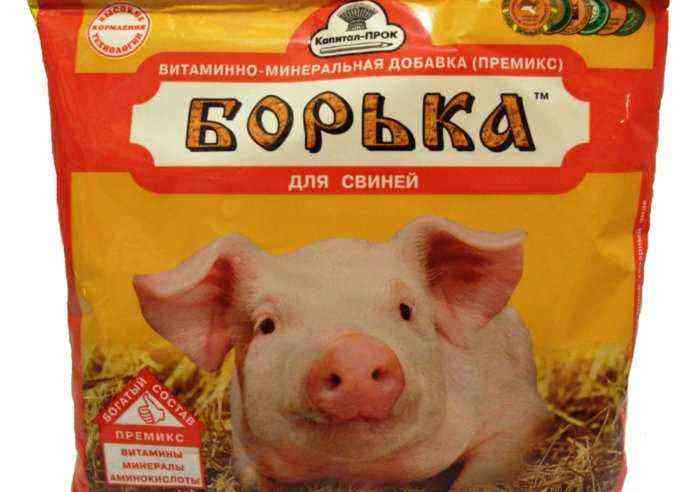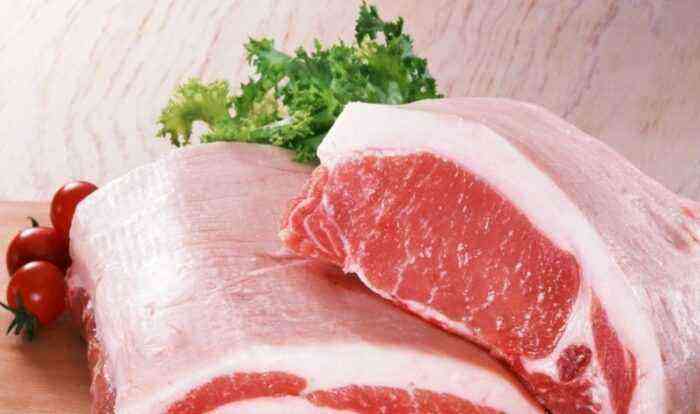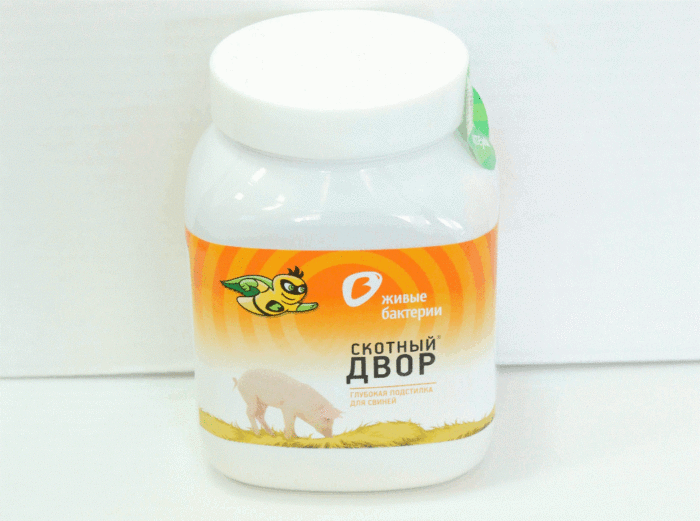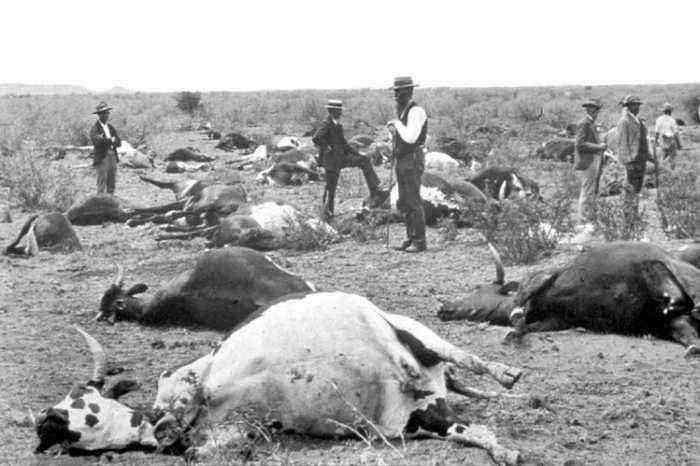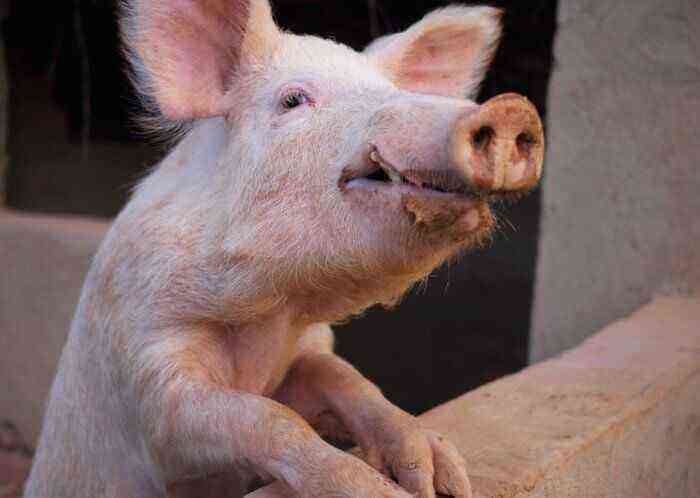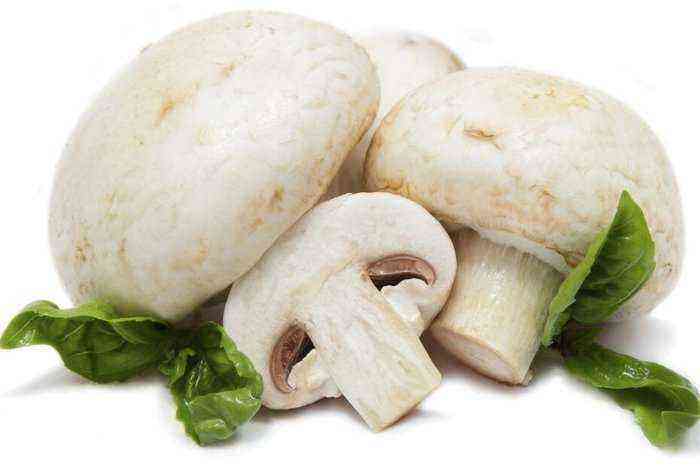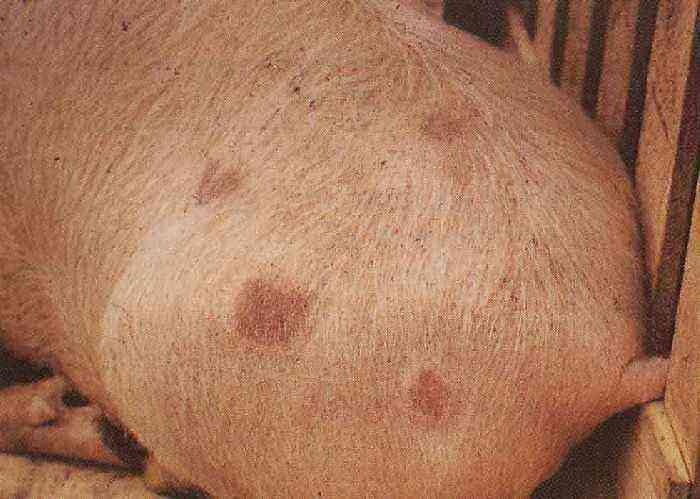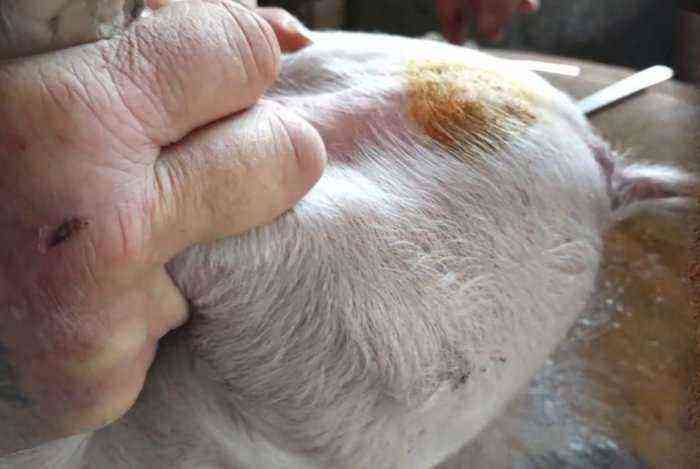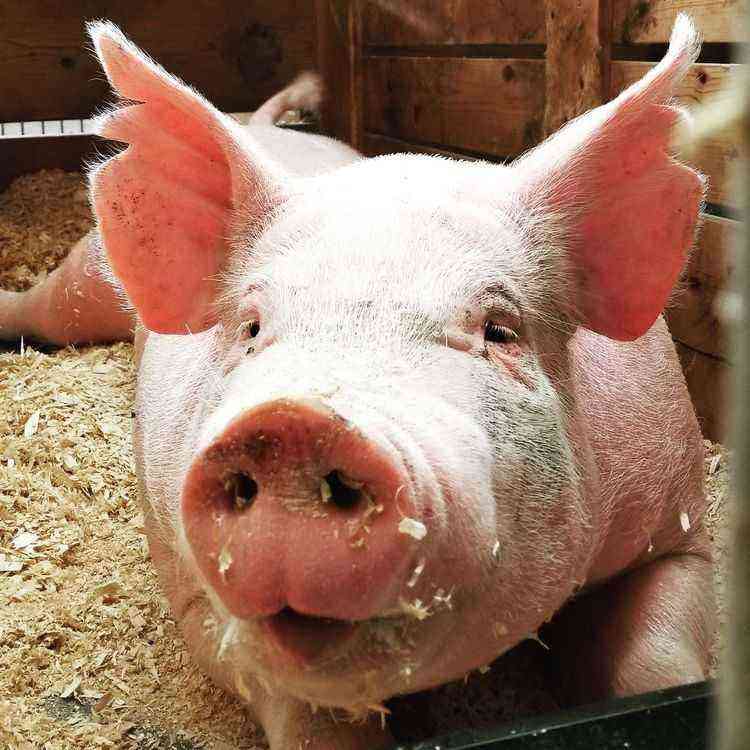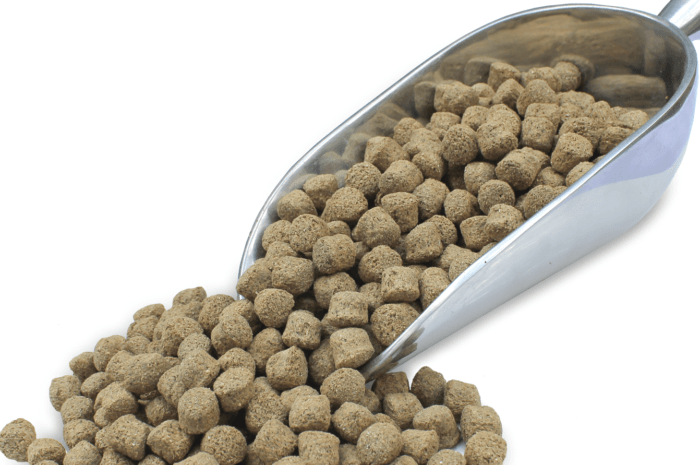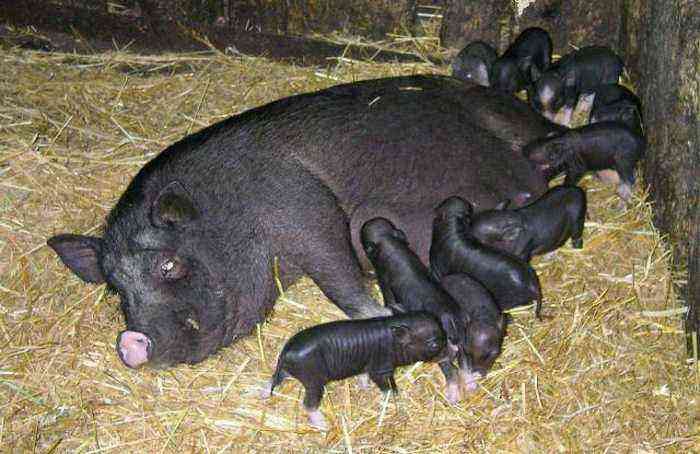Diseases of animals living on a farm are important to recognize in time and start treating immediately. Especially when it comes to young individuals, whose immunity is very vulnerable. Any alarming symptoms are dangerous, for example, if a piglet coughs, this is a reason to immediately call a veterinary service worker. He will help you figure out what caused the cough and prescribe an effective treatment.
Low immunity in young
Possible causes of cough
Cough in pigs should alert the farmer, as it often acts as a symptom of serious diseases, such as helminthic invasion or pneumonia of viral or bacterial etiology. Consider the manifestations of these ailments in detail. This information will help in making a diagnosis.
Enzootic pneumonia in piglets
This disease is caused by microorganisms belonging to the genus Mycoplasma. The pathogen enters the body of the pig through the air or through the placenta, from the mother. Pneumonia caused by mycoplasma spreads rapidly. When an outbreak occurs, 60 to 80% of piglets are usually infected.
Consider the symptoms of enzootic pneumonia:
- Initially, there is an increase in temperature to 40,5 degrees.
- Animals refuse to eat.
- Cough dry, at first rare, later becomes paroxysmal.
- Mucous discharge from the nose, sneezing.
- The animal is oppressed, weakened.
- Breathing is rapid and labored.
- There is cyanosis of the mucous membranes.
Attention! In the final stages of the disease, the piglets find it so difficult to breathe that they sit down in the dog’s position. By contracting the abdominal muscles, they try to expel air from the lungs.
Worm infestation in piglets
Some types of helminths parasitize in the lungs and bronchi of pigs, causing coughing, for example, roundworms or cysticerci. Infection with worms often occurs on pastures when eating grass or during a watering place from polluted reservoirs, puddles or swamps. Animals sometimes swallow earthworms, which are carriers of parasite larvae.
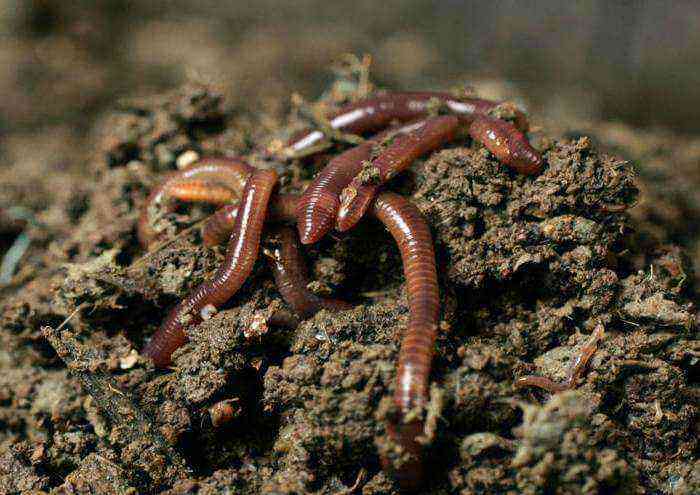
Earthworms
Symptoms of infection with helminthic invasion are:
- Loss of appetite.
- Cough.
- Rapid breathing.
- Sometimes fever.
- Signs of gastroenteritis.
- Delayed growth and development.
- Intoxication.
Attention! All types of helminthiases are dangerous, as they lead to general intoxication of the body, underweight, developmental delay, and sometimes death.
Other diseases of pigs accompanied by cough
Coughing in a piglet is a symptom of other diseases. Consider their list:
- Salmonellosis – when salmonella penetrates into the organs of the respiratory system, catarrhal or purulent-catarrhal bronchopneumonia develops.
- Pasteurellosis.
- African swine fever.
- Aujeszky’s disease.
All of these ailments are extremely dangerous, from some of them animals die in a matter of hours. Therefore, it is important to immediately separate coughing piglets from healthy ones and contact the veterinary service.
Diagnostics
During the examination, the veterinarian evaluates the general condition of the animal, and also takes into account other accompanying symptoms of the disease, in addition to coughing. To confirm helminthiases, the feces of the animal are taken for analysis. When infected with worms, worm eggs are almost always found in the feces. With the help of laboratory tests, it is possible to diagnose viral diseases – African plague, influenza.
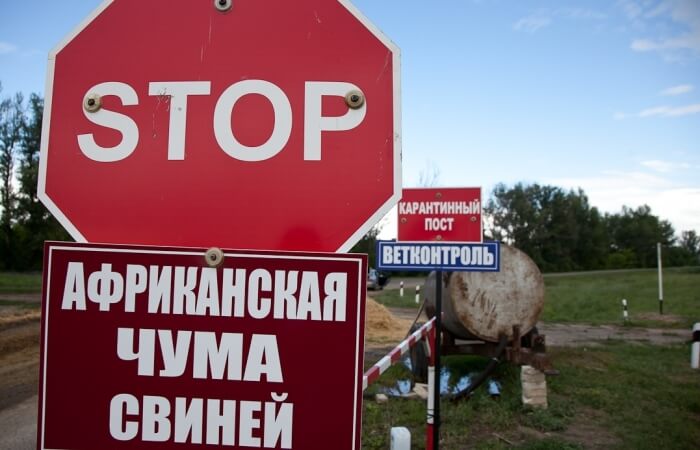
African plague
How to treat cough in pigs and small piglets?
At the first sign of malaise, the sick individual is immediately placed in an isolation room. After the diagnosis is made, treatment begins. If the piglet coughs due to worms, antiparasitic drugs are used containing:
- Albendazole.
- Ivermektin.
- Levamisole.
The dosage should be prescribed by the veterinarian, taking into account what type of helminthiasis the animal is infected with, as well as its weight.
Attention! Pigs that have been treated with anthelmintic drugs are allowed to be slaughtered in at least 10 days.
Treatment of cough in swine with enzootic pneumonia includes the use of broad-spectrum antibiotics to prevent the development of serious complications. Drug List:
- Bicillin.
- Oxytetracycline.
- Tylan.

Oxytetracycline
Medicines are administered intramuscularly 2-3 times a day at a dosage of 5-10 thousand units for each kilogram of animal body weight. If necessary, the course of treatment is repeated after a break of 7-10 days. For group treatment, the use of antibiotic-containing aerosols, for example, Etazol or Norsulfazol, is practiced.
In some cases, for example, when suffering from African plague, infected individuals are taken away for slaughter. The premises are thoroughly disinfected with a solution of caustic soda at a concentration of 3% or formaldehyde (2%) to prevent the spread of infection.
Cough indicates damage to the respiratory system, but in each case it can be caused by different pathogens. It is important to make a correct diagnosis in order for the treatment to be effective. Unfortunately, in some cases, to protect the herd, you have to get rid of sick individuals.
